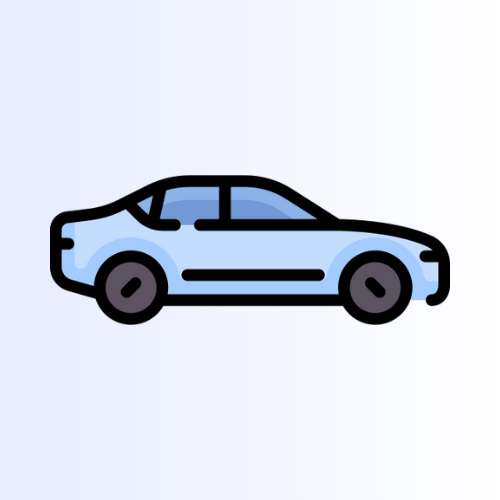A few months ago, I bought a 2015 Subaru Outback and the front left caliper was acting up, so I had a mechanic check it out. The mechanic recommended replacing the two front calipers (they were pretty rusty), the front-left brake hose, and then just greasing the rear caliper pistons.
I’m no longer hearing any weird noises now from the front-left and the brakes feel much smoother, but there’s a couple differences that are throwing me off. The distance the brake pedal needs to be depressed before the brakes start to bite feels a lot longer now. I’ve also noticed a kind of hysteresis, where if I apply the brakes twice within a second or two, the second time I apply them, they’ll start biting earlier.
Should I get the brake fluid replaced / bled? Could air in the brake lines explain this behaviour? (I assumed air in brakes line would had to have been bled but it’s not explicitly listed on the bill I got.) Any other explanations?
The mechanic did paint the calipers too, just to delay rust, and there was a bit of overspray on the rotors, but I’m sure it got instantly scraped off by the brake pad.
Any advice would be appreciated!
Edit: To clarify, I did not get the pads replaced. The inspection done when I bought the car showed about 50% life left on the pads.
Follow up: You folks were right - They bled the brakes and the car felt like 90% better. They said the master brake cylinder might have been leaking a bit so they offered to replace it with no labor charge, so I sprang for that too, but it’s hard to tell if that made any difference. Either way, it feels back to normal now, so thanks for your advice!


They didn’t bleed it right. Air is still in the lines. Depending on how long the idiot left the caliper off the car he likely drained it back to the ABS pump too, which is a notorious problem on Subaru’s. That’s a complete rookie mechanic mistake and they need to make it right, because air limits your max braking force and your ABS will not work at all if there is air in the pump.
They need to be vacuum bled and also bled in the specific order specified in the factory service manual. The ABS pump may also need to be manually triggered to purge it, which unfortunately is something only easily done with a dealer SSM tool.